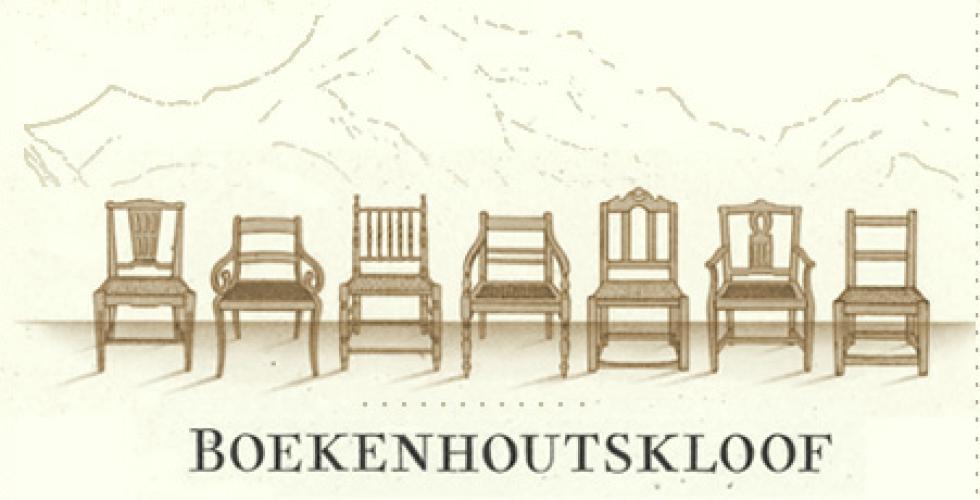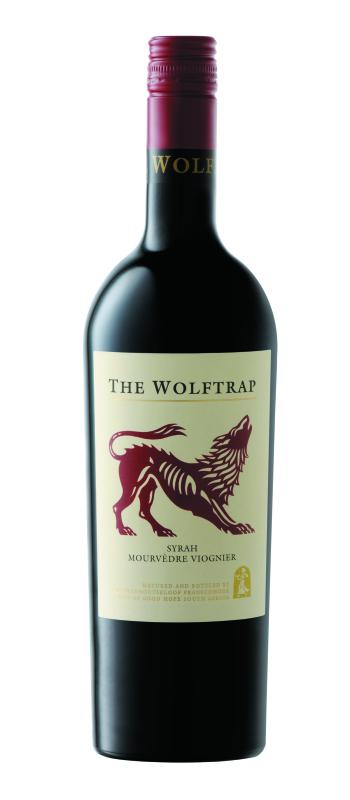The Wolftrap Red Blend, 2013
Western Cape of Good Hope,
South Africa
$7.98 to $9.99
Last week, I heard a wine expert say that the best way for a regular wine drinker to become knowledgeable is to try something different every time.
According to his plan, if you are used to drinking Cabernet Sauvignon from California, give it up. Try a Cab from South America, a Bordeaux or Cab from Romania. Then move on to other full-bodied grapes, like Tempranillo, Nero d’Avola and Malbec and other styles of wines like Grenache, Zinfandel or Primitivo. Get lighter with a Burgundy or St. Laurent from Austria. Try something you may have never heard of, like Ciliegiolo or Blaufrankish. Check out the rose and move to the whites because by this time it will be summer, and you’ll be sick of heavy wines and need something fresh and bright.
Do this for a year — he didn’t say how many bottles you need to drink in a week — and you’ll be an expert, he said.
I’m sort of from a different school. I like to learn a wine, a district or a country well and then move on, feeling free to revisit when I have a notion.
For instance, I spent a little time a few years ago with Pinotage from South Africa. The wine is made from a grape that is a cross of Cinsaut and Pinot Noir. The South Africans renamed Cinsaut to Hermitage, resulting in a portmanteau that’s a lot more fun.
South African wines have a long, interesting and not very stellar history. Grapes were first crushed and wine made around 1659, and for the next 340 years or so, the country, with a few notable exceptions, generally made really bad wine.
The industry struggled from the beginning to produce something that was drinkable, well, better than drinkable. Phylloxera wiped it out in the late 19th century, then winemakers overproduced in the early 20th century and prices tanked. That glut of wine led to the creation of a national cooperative that squelched innovation, but got things on stable footing.
Pinotage was accused of tasting like nail polish until recent years, and the whole apartheid business didn’t really help the industry either.
For the last decade, things have been different. The wines are innovative and well respected and more are showing up on shelves in this country. South African Chenin Blanc, a wine to keep in mind for summer, is particularly well regarded.
A few months ago, I returned to South African wines when I came across The Wolftrap Red, which is mostly Syrah, 82 percent, blended with Mouvedre, 16 percent, with a splash of the white grape, Viognier, put in to brighten things up. The result is a smooth drinking wine — albeit a bit high in alcohol at 14.4 percent — with fresh ripe berries and spicy pepper flavors.
The wine is made from grapes grown in the Swartland region in Western Cape of Good Hope on the Boekenhoutskloof, a farm as old as the Declaration of Independence, both rooted in 1776.
Like most of the South African wine industry in the early 1990s, the Boekenhoutskloof was restored, technology improved and a new vineyard planting program established. The farm also is very active in a conservancy initiative that was set up to remove invasive plants and help preserve the native biodiversity of the surrounding Cape Floral Kingdom, a world heritage site, the company website says.
Before the farm was established, the area was pretty wild and crazy with animals, including wolves. Although wolves have not been seen in recent memory, an old wolf trap was found on the property, and the wine was named as a reminder of the past.
The land is dry, and the vines produce small berries that provide intense spicy flavors with balanced tannins, winemaker Marc Kent says on the website.
There’s “a slight hint of perfume that the Viognier adds to the harmony,” he says.
The Wolftrap red is fermented in stainless steel vats and aged in French oak prior to blending and bottling.
I recently had the wine with chicken that I had grilled using a mayonnaise and sriracha-based basting sauce. It was an excellent fit.
The Wolftrap white, a blend of Viognier, Chenin Blanc and Grenache Blanc, also is a refreshing bargain for warmer days or to have with flavorful meals any time of year.
The Wolftrap wines are a great bargain and are widely available in the Pioneer Valley.•
Field Notes
Feel like sipping some local wines? Try some of the more unique varieties in addition to old favorites at these Valley wineries:
Amherst Farm Winery, 529 Belchertown Road, Amherst: Amherst goes beyond the grape with wines that include blueberries, peaches, strawberries, pears, and apples.
Black Birch Vineyard, 155 Glendale Road, Southampton: Among the offerings are Riesling, pinot noir, corot noir, and “32⁰ Iced Wine.”
Echo Hill Winery, 101 Wilbraham Road, Monson: This place, which is also a gift shop and farm, makes a dozen wine varieties made with fruit grown in the Echo Hill orchards.
Green River Ambrosia, 324 Wells St., Greenfield: Makers of mead and “ginger libation”
Hardwick Vineyard & Winery, 3305 Greenwich Road, Ware: Among the unique offerings here are Massachusetts Cranberry (90 percent grape and 10 percent cranberries), Baystate Blueberry, and “summer in a bottle” Yankee Girl Blush.
Mineral Hills Winery, 592 Sylvester Road, Florence: This winery also produces honey wine (mead), Charmbourcin, Frontenac and “May Wine” (Riesling infused with Sweet Woodruff.)
Mount Warner Vineyards, 85 Mount Warner Road, Hadley: Makers of a “bone-dry” rose, Raspberry Rhapsody, and a “secret” red made with Petite Pearl grapes.
Pioneer Valley Farm & Vineyard, 41 School St., Hatfield: Wines include Cayuga White, Apple, Raspberry, and Tomato.
Raven Hollow Winery, 450 Russellville Road, Westfield: Makers of orange, pineapple, and Petite Verdot wine.
Warren Johnston can be reached at warren.nelson.johnston@gmail.com.





